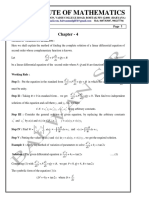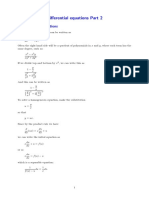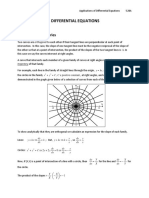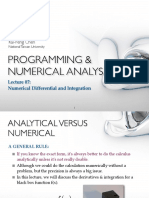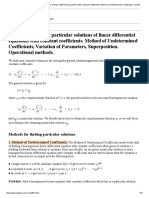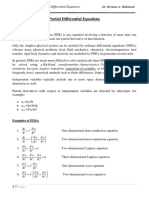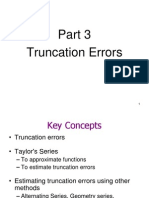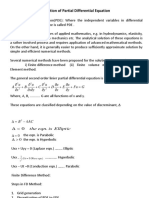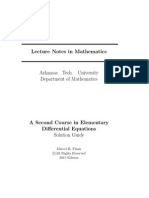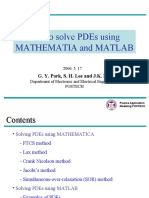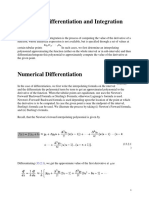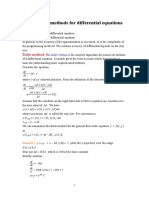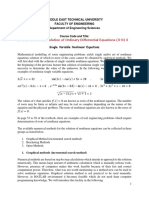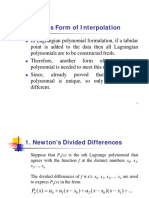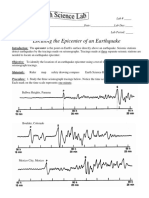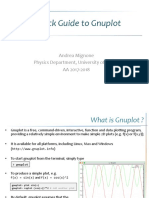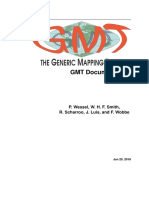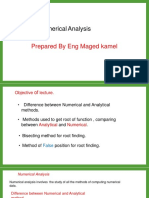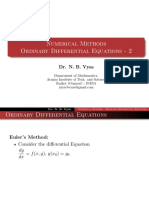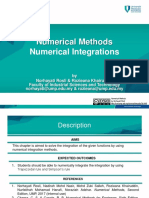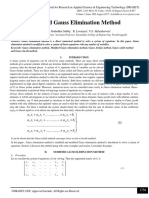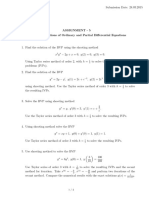0% found this document useful (0 votes)
475 views29 pagesFinite Difference and Interpolation PDF
The document discusses various techniques for interpolation including:
1) Finite difference operators and Newton's forward and backward difference interpolation formulas for estimating values between given data points.
2) Lagrange's interpolation formula which uses polynomials to fit curves through sets of data points.
3) Divided differences and Newton's divided difference formula which provide an alternative way to compute interpolation polynomials through successive differencing of the function values.
4) An example demonstrates using Lagrange's interpolation to estimate an unknown function value from given data points using both linear and quadratic interpolation polynomials.
Uploaded by
anupamCopyright
© © All Rights Reserved
We take content rights seriously. If you suspect this is your content, claim it here.
Available Formats
Download as PDF, TXT or read online on Scribd
0% found this document useful (0 votes)
475 views29 pagesFinite Difference and Interpolation PDF
The document discusses various techniques for interpolation including:
1) Finite difference operators and Newton's forward and backward difference interpolation formulas for estimating values between given data points.
2) Lagrange's interpolation formula which uses polynomials to fit curves through sets of data points.
3) Divided differences and Newton's divided difference formula which provide an alternative way to compute interpolation polynomials through successive differencing of the function values.
4) An example demonstrates using Lagrange's interpolation to estimate an unknown function value from given data points using both linear and quadratic interpolation polynomials.
Uploaded by
anupamCopyright
© © All Rights Reserved
We take content rights seriously. If you suspect this is your content, claim it here.
Available Formats
Download as PDF, TXT or read online on Scribd
/ 29
